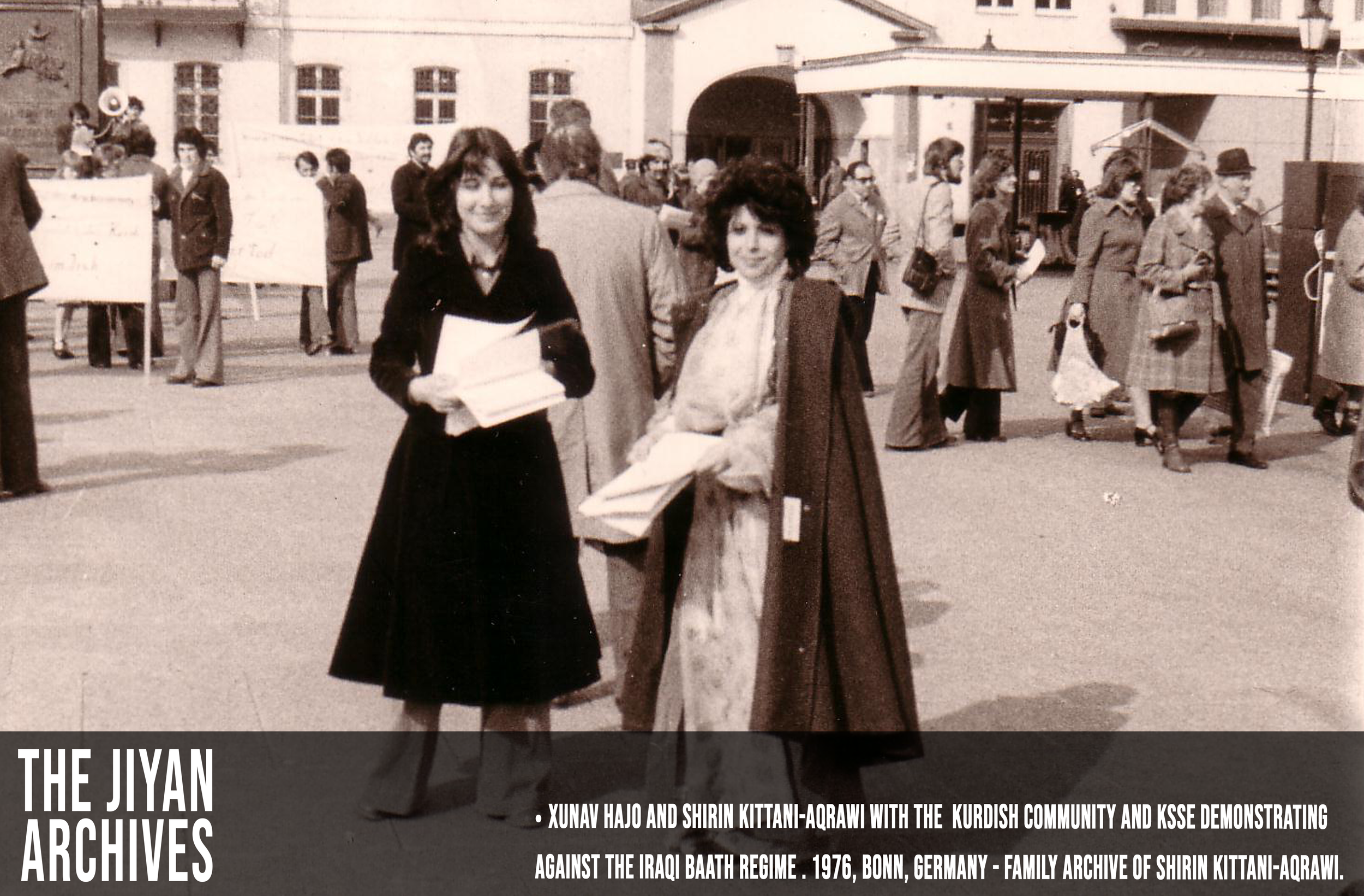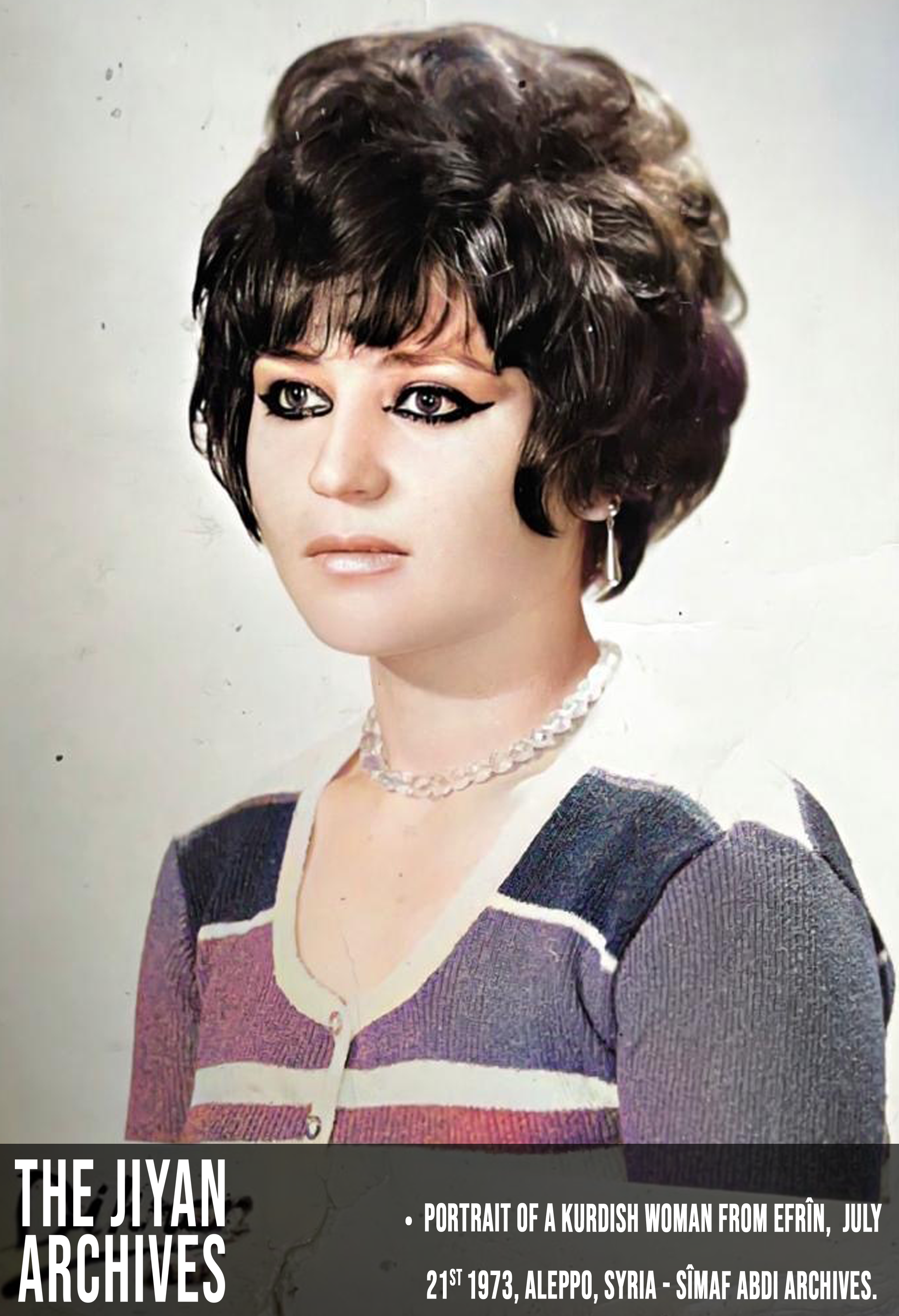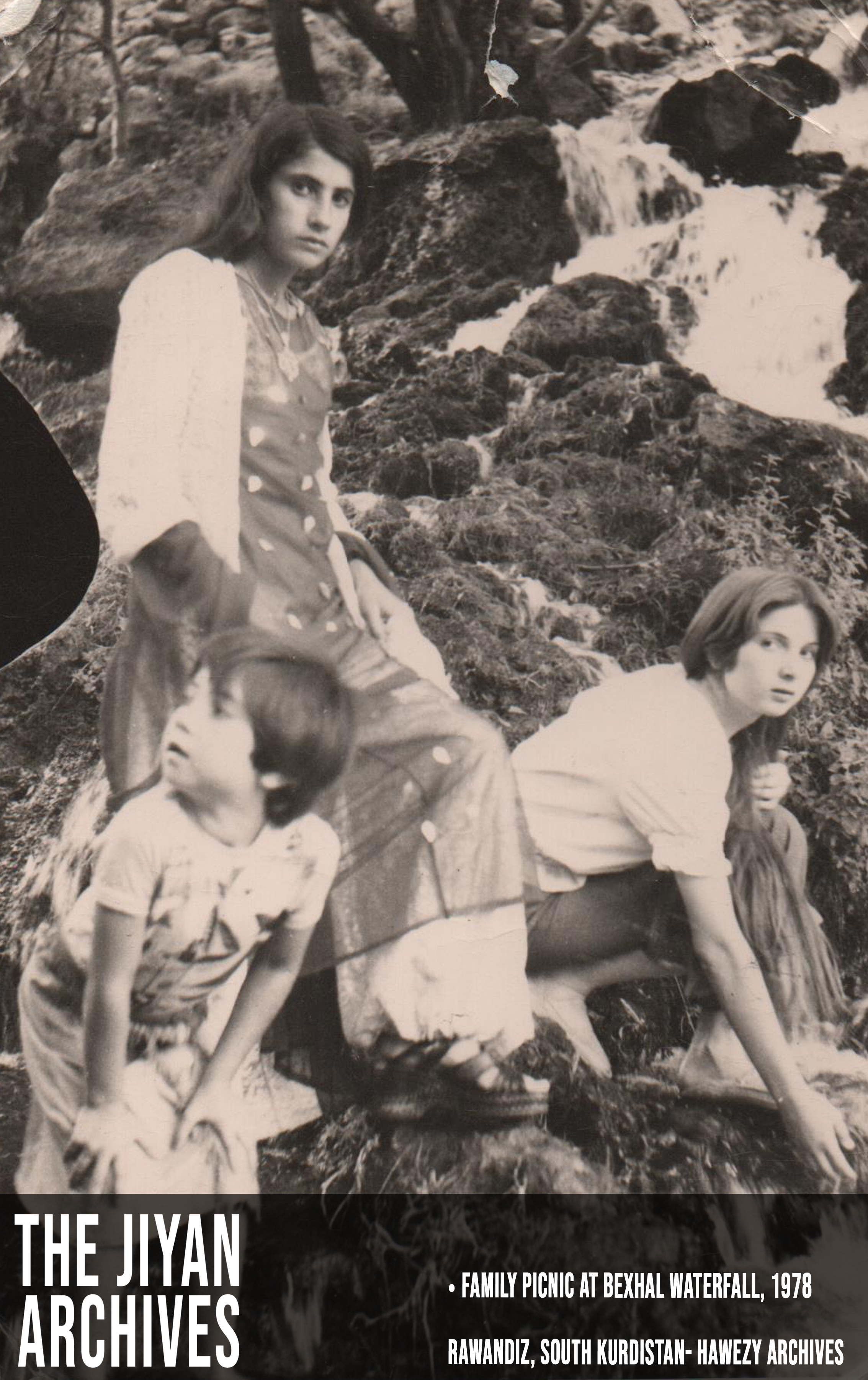
1970’s
A Brief Overview…
The end of the 9-year war between Kurds and Iraq, led in 1970 to an autonomy agreement with the central government in Baghdad, still remembered by many as some of the happiest days in modern Iraqi history. It guaranteed constitutional full autonomy for the Kurds, with three regions under their administration, what also is the legal foundation of today’s autonomous Kurdistan Region of Iraq. Yet the rise of the Baathist party with its Arab nationalism that did not favor the multi-ethnic and religious fabric of Iraq, dark times were once again upon the region. In 1974 a new armed conflict between Kurdistan and Baghdad erupted. The Shah of Iran was backing the Kurds in Iraq at that time trying to counter Arab nationalism. But in 1975, the Algier Agreement between Iran and Iraq facilitate by Henry Kissinger led to the end of Iran’s support for the Kurds in Iraq and a brutal end of the Kurdish revolution. The main Kurdish Party at that time, the Kurdistan Democratic Party founded in 1946 Mahabad, was suffering from fragmentation and old members creating new political parties, such as the Patriotic Union under Jalal Talabani. Fragmented, Kurds at home and the Kurdish Diaspora, were entering what will further cement the 20th century as one of the darkest century in Kurdish history. In 1979, Saddam Hussain is officially instated as President of Iraq, steering the country’s fate into 3 decades of what will be known as “The Republic of Fear” with 8 million Iraqis in exile and numerous genocides. At the same time, the Shah of Iran is toppled, and Ayatollah Khomeini comes into power in Iran and none of the new leaders are in favor of Kurds. With the end of the autonomy agreement in Iraq, numerous Kurds fled to Iran, and large contingents were relocated with the UNHCR to the United States of America, creating the foundation of the larger American Kurdish Diaspora.





























